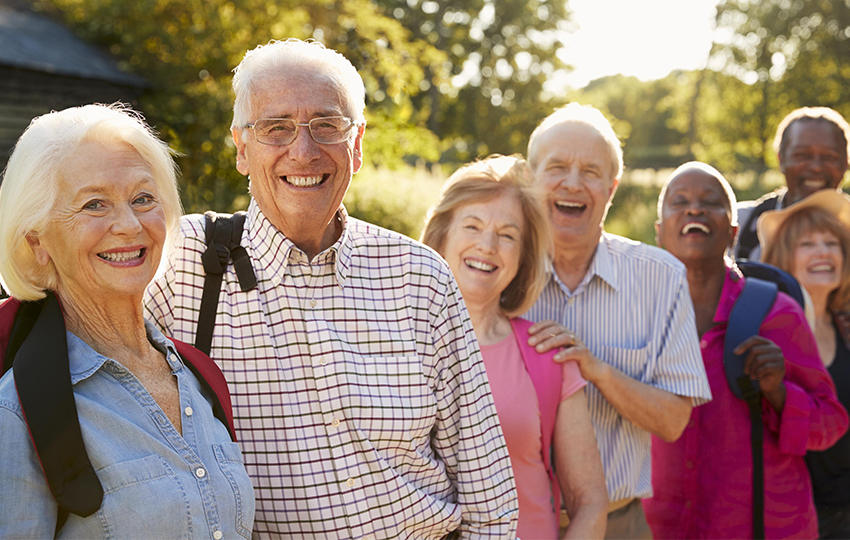As a term, active
The central ideas of active ageing are cognition, health, and well-being. That is due to the fact that they are important parts of our lives no matter how old a person might be. These ideas remain the same but the way they adopt changes according to the age of each person. Young men and women at the age of 20 or 30 have a completely different view of health and well-being than men and women at the age of 60 or 70.
It is a lot easier, of course, for young people to achieve social inclusion. It is a lot easier for young people to find things that will help them achieve perfect health and well-being. Young people have so many different options and they can do things on their own without needing help and effort from others.
Older people tend to find things a bit more difficult. Mostly due to their age but also due to obligations, they might not be able to do things that they want like exercise on a daily basis or manage to be part of a particular type of group. For that reason, older people often find themselves not being a part of the society, living secluded and not focusing on their health or well-being.
It is an obligation of the society of each country to make sure that they will do what is necessary to promote active ageing and to help older people become active members of the society once again. Unfortunately, the local society of many European countries is not prepared enough. It is a good thing that the European Union realizes the importance of active
European Projects like COLABOR-ACTIVE focus on increasing the competencies of the elderly and their communities. By achieving that, it will ensure that older people will be given the opportunity to use these newly trained competencies to re-enter parts of society and become more active. At the same time, their communities will be enhanced since they will be gaining more valuable members and, in general, more support.
The concept of active

